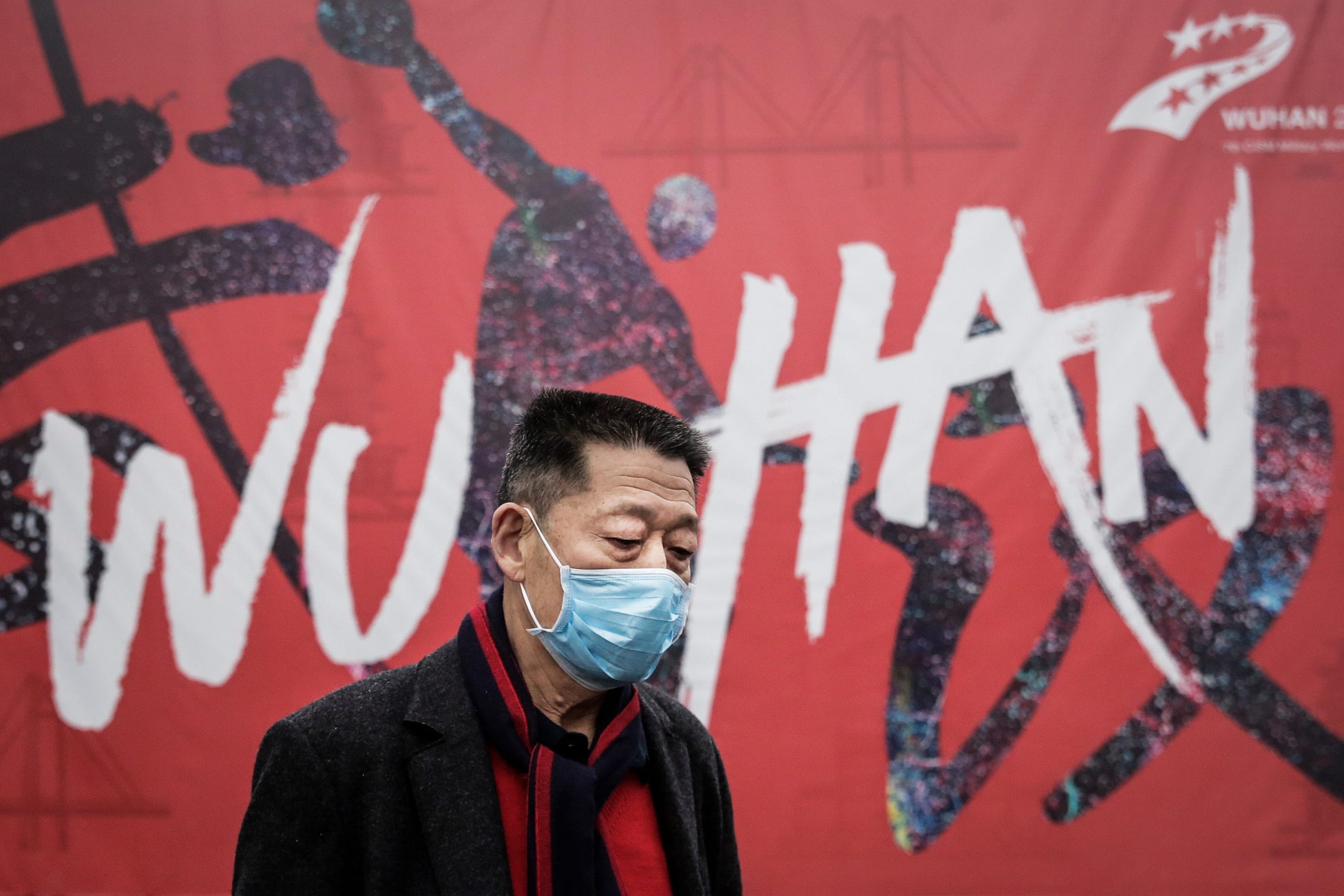- The coronavirus that originated in Wuhan, China, has killed at least 2,800 people and infected more than 82,500. The virus has spread to 49 countries. (For the latest numbers, see Business Insider’s live updates here.)
- According to one expert, the coronavirus outbreak is already a pandemic.
- Here are three ways experts think it could play out. Most likely, the virus will never fully disappear.
- Visit Business Insider’s homepage for more stories.
The coronavirus outbreak that started in Wuhan, China, in December has killed at least 2,800 people and infected more than 82,000.
According to public-health experts, there are only three possible endings to this story: The outbreak could be controlled via public-health interventions and disappear (as SARS did), a vaccine could be developed, or the coronavirus could become a permanent part of the repertoire of human viruses like the seasonal flu.
That third option is the most likely, two experts told Business Insider – the new virus probably won’t ever truly disappear.
“The actions being taken in China – the Draconian efforts – are what happens when you’re trying to catch a galloping horse that’s already left the barn,” Stephen Morse, an epidemiologist at Columbia University, said.
Here are the three ways the outbreak could play out.
Outcome 1: The outbreak never really ends
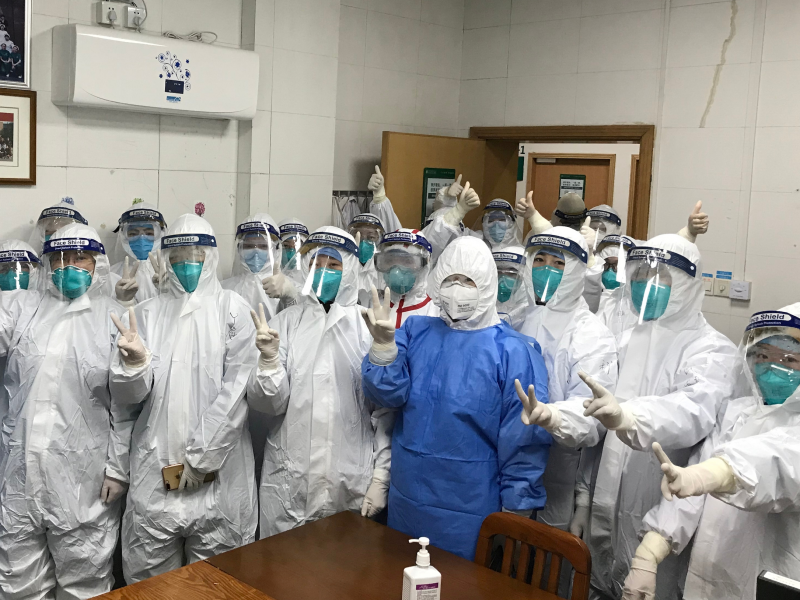
According to researchers at the World Health Organization (WHO), an average person with the new coronavirus passes it to 1.4 to 2.5 other people. The group declared the coronavirus an international public-health emergency at the end of January, when it had reached 18 countries. But it has yet to declare the outbreak a pandemic.
The coronavirus has now spread to 48 other countries outside of China. So researchers like Amesh Adalja, an infectious-disease expert at the Johns Hopkins Center for Health Security, think we've passed the pandemic threshold.
"I think it is a pandemic; the official declaration is not important to me," Adalja told Business Insider, adding, "we're seeing efficient, community-wide spread in multiple countries."
Four other coronaviruses are endemic - meaning permanently present - in the global population. They all cause common colds, though each can cause pneumonia and death in rare instances. Because these human coronaviruses are so mild, they don't have names beyond their four-character designations: OC43, 229E, HKU1, and NL63.
According to Adalja, the new coronavirus is now probably a member of the endemic coronavirus club, which means the outbreak is never really going to end.
"This is going to be with us for some time - it's endemic in human populations and not going to go away without a vaccine," he said.
Outcome 1a: The coronavirus never disappears but becomes seasonal
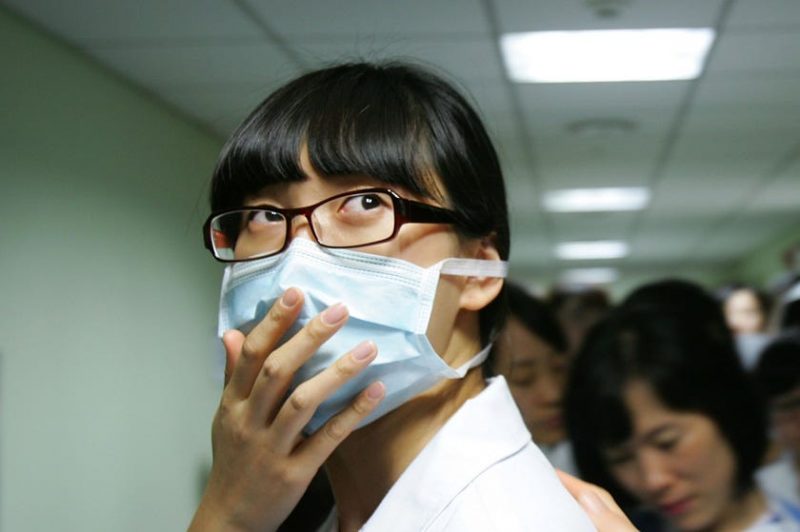
If the coronavirus becomes a permanent fixture in people, one possibility is that it winds up fluctuating with the seasons the way the flu does. In that case, it could retreat in the summer and return in the fall and winter each year.
"If you look at the trajectory of the virus and how it's spreading in communities, coupled with the fact that we deal with coronaviruses every year during flu and cold season, those factors point to this coronavirus becoming a seasonal virus," Adalja said.
The other four coronaviruses have seasonality too, Adalja added, so cases of the new one "may temper off as we leave spring and enter summer."
The flu is seasonal because cooler temperatures help harden a protective gel-like coating that surrounds the virus while it's in the air. A stronger shell ensures it can survive long enough in the air to travel from one person to the next.
The flu virus "survives better in cool, dry temperatures," Amanda Simanek, an epidemiologist at the University of Wisconsin at Milwaukee, told Insider.
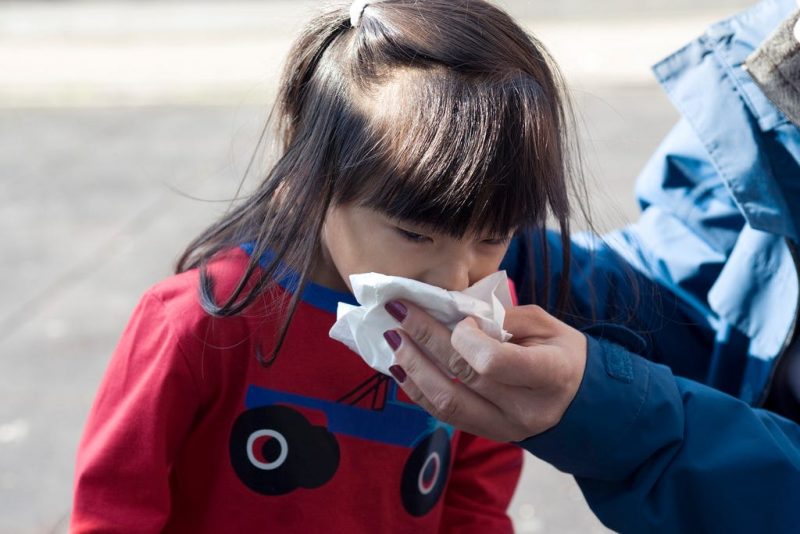
Chinese president Xi Jinping and President Donald Trump have both suggested that the impending springtime warmth could stymie the coronavirus' spread in a similar way to the flu.
"It may decrease in transmission frequency so that you'll be able to have time to get a vaccine scaled up by the next appearance of it," Adalja said, but he added that the virus will probably never disappear entirely.
That's because the tropics don't experience seasons at all, and the northern and southern hemispheres experience seasons at opposite times.
Unlike the flu, however, the coronavirus is unlikely to mutate every season, Morse said. The flu virus' genes change via a process called antigenic drift, and each small mutation gives rise to a new, closely related flu virus that our immune systems have to start fighting from scratch. (That's why flu vaccines aren't always 100% effective.)
But coronaviruses, on the whole, are "somewhat less prone to mutation than flu," Morse said.
Outcome 2: Through public-health interventions, the coronavirus plays itself out
The coronavirus is similar to SARS in many ways: Both are coronaviruses that originated in bats, and both likely jumped from animals to people in Chinese markets. The two viruses share about 80% of their DNA. So the outcome of the new outbreak could be similar to that of SARS, too.
SARS killed 774 people and infected more than 8,000 people from November 2002 to July 2003 but disappeared by 2004. Public-health experts and authorities worked hard to track down, diagnose, and isolate people with the virus to force it to "play itself out," Morse said.
The spread of SARS was eventually limited via quarantines, travel restrictions, public-information campaigns, and airport screenings - the same types of interventions China, the US, and other countries are instituting now.
If those efforts lead the number of people susceptible to the new coronavirus to drop below a certain threshold, Morse said, the outbreak can be contained. In that scenario, it would either disappear eventually or become like Zika or H1N1 - viruses that continue to circulate, but among far fewer people than they did at first.
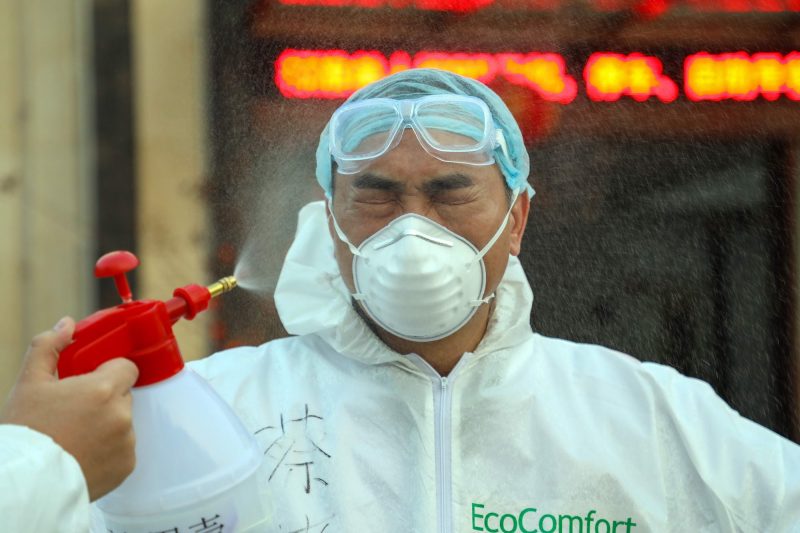
However, SARS was far less contagious than the new coronavirus. SARS patients also weren't infectious until they showed symptoms, whereas people can transmit the new coronavirus even when they aren't symptomatic.
What's more, people who have gotten the new coronavirus and recovered can get it again in the future, health authorities say - the body does not become immune after infection.
This all makes it far more challenging to halt the coronavirus' spread.
Outcome 3: Drug companies manufacture a vaccine
Morse and Adalja both said a vaccine is essential if the world is to definitively control the coronavirus.
The Trump administration is seeking a multibillion-dollar emergency spending package to fight the coronavirus, and at least $1 billion of that funding would be directed toward efforts to develop a vaccine, The Washington Post reported.
Morse said a lot of the public-health interventions going on now are a "holding action to keep the virus from spreading in the short term until we get a vaccine."
Five leading drug companies - Johnson & Johnson, Regeneron Pharmaceuticals, GlaxoSmithKline, Moderna, and Gilead Sciences - have announced plans to research and develop treatments for the new virus. Some are developing vaccines from scratch based on the coronavirus' genetic code. Others are testing existing drugs to determine whether they're effective at treating the new virus.
Getting a vaccine to market has historically been an arduous, multiyear process. (The Ebola vaccine, for example, took 20 years to make.) But Moderna has already developed a vaccine and shipped it out for clinical trials in people. It will likely take another year to determine whether the vaccine is safe and effective, however.
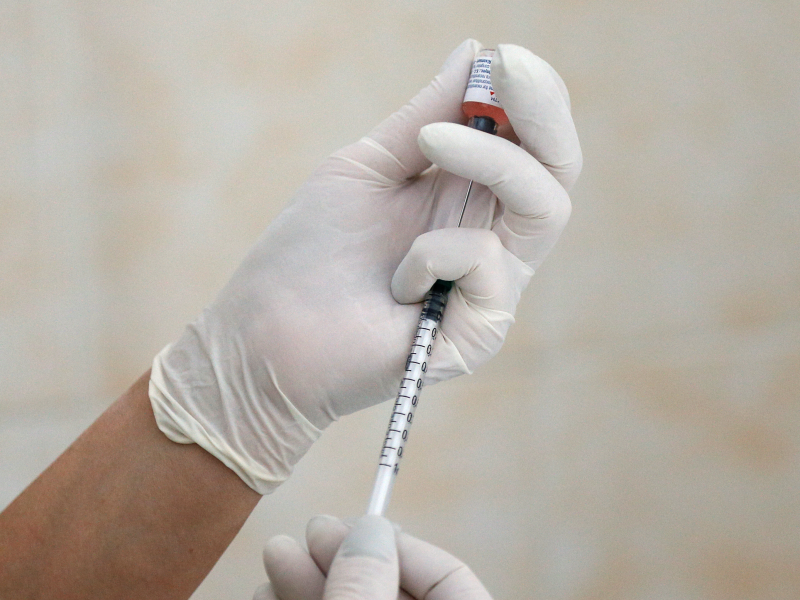 Foto: A nurse fills a syringe with a vaccine. Source: Reuters
Foto: A nurse fills a syringe with a vaccine. Source: Reuters
Still, Modena's speedy vaccine-development work is "unquestionably the world indoor record," Anthony Fauci, director of the National Institutes of Health's infectious-disease division, told The Wall Street Journal.
"Nothing has ever gone that fast," he added.
The sooner a vaccine is created, the sooner we'll see a "sustained firewall" against the coronavirus' spread, Morse said.
- Read more about the novel coronavirus:
- Everything we know about the deadly coronavirus
- The new coronavirus could circulate forever, experts say - becoming another illness in the sea of seasonal colds and flus
- What to know about the coronavirus outbreak in 8 charts and maps
- Coronavirus patients over age 80 have a 15% chance of dying. Here's the mortality rate for every age bracket.
- People can get the coronavirus more than once, experts warn - recovering does not necessarily make you immune

